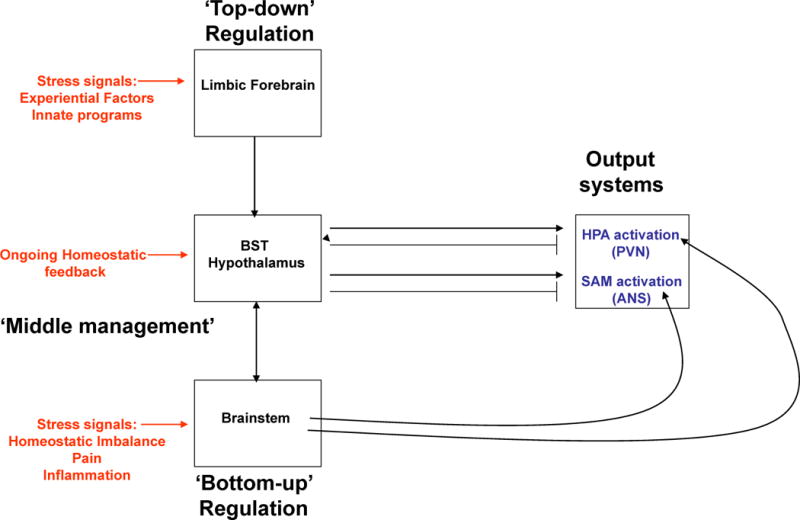Figure 1. General scheme of brain acute stress-regulatory pathways.

Stressors activate brainstem and/or forebrain limbic structures. The brainstem is able to generate rapid hypothalamus-pituitary-adrenal (HPA) axis and autonomic nervous system (ANS) responses via direct projections to hypophysiotrophic neurons in the paraventricular nucleus of the hypothalamus (PVN) or to preganglionic autonomic neurons (bottom-up regulation). In contrast, forebrain limbic regions have no direct connections with the HPA axis or the ANS and thus require intervening synapses prior to accessing autonomic or neuroendocrine neurons (top-down regulation). A high proportion of these intervening neurons are located in hypothalamic nuclei that are also responsive to homeostatic status, providing a mechanism by which the descending limbic information can be modulated according to the physiological status of the animal (middle management).
